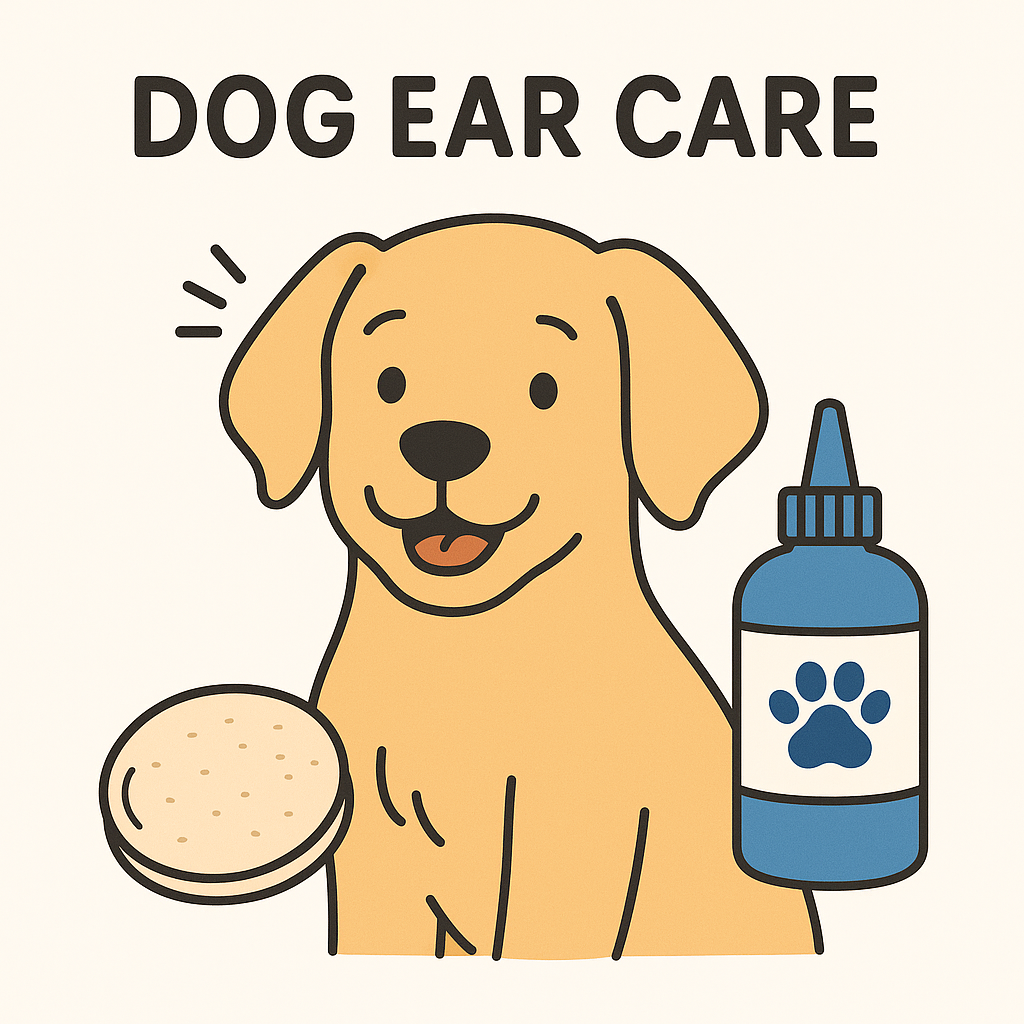
🐶 Dog Ear Health & Disease Management Guide
🐶 Dog Ear Health & Disease Management Guide
A dog’s ears are more sensitive and prone to infections than many pet owners realize.
Because of their unique structure, moisture and bacteria can easily accumulate, causing inflammation or infection.
Here’s everything you need to know to keep your dog’s ears clean and healthy.
🦻 1. Why Regular Ear Care is Necessary
-
Dogs’ ears are L-shaped, which makes ventilation poor and moisture buildup likely
-
Sweat, wax, and debris create an ideal environment for bacteria, fungi, and mites
👉 Breeds with floppy ears (like Cocker Spaniels, Bichons, Golden Retrievers) need even more frequent care.
🩺 2. Common Signs of Ear Issues
-
Frequent scratching or pawing at the ears
-
Tilting head to one side
-
Bad odor or brown discharge
-
Redness, swelling, or sensitivity to touch
-
Black debris or excessive oil in the ear flap
💡 These symptoms may indicate ear mites, otitis externa, or even middle ear infections.
🧼 3. How to Clean Your Dog’s Ears (Recommended: 1–2 times per week)
-
Apply 2–3 drops of dog-safe ear cleaner into the ear canal
-
Gently massage the base of the ear for 10–15 seconds
-
Allow your dog to shake their head naturally
-
Wipe the outer ear gently with cotton pads or soft gauze
🚫 Avoid using cotton swabs — risk of eardrum injury
📦 4. What to Look for in an Ear Cleaner
-
Alcohol-free and low-irritation formulas
-
Contains antibacterial or antifungal agents (e.g. chlorhexidine, tea tree oil)
-
Helps break down wax and neutralize odor
✅ Ear Care Quick Tips
-
✔️ Clean ears 1–2 times a week
-
✔️ Dry ears thoroughly after swimming or baths
-
✔️ See a vet if you notice odor or discharge
-
✔️ Use only ear cleaners made for dogs — never cotton swabs
👉 Check out our [Recommended Dog Ear Cleaners] to find the safest and most effective solutions!


